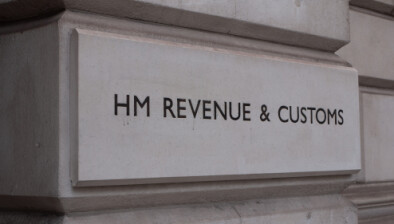Treasury collects record capital gains tax of £14.3bn

Laura Suter
The Treasury has collected a record £14.3 billion in capital gains tax (CGT) in the last financial year, an increase of 42% from the previous period.
The record sum was realised on £80bn of gains. This is attributed to rushed sales of buy-to-let homes and growing house prices as an all-time high of 323,000 people were forced to pay the duty during the period. The average bill was £44,272.
Most CGT came from the small number of taxpayers who made the largest gains. In the 2020 to 2021 tax year, 45% of CGT came from those who made gains of £5 million or more. This group represents less than 1% of CGT taxpayers each year.
In November 2020 the Office of Tax Simplification published a report on Capital Gains tax in which they made a recommendation to government to ‘consider more closely aligning Capital Gains Tax rates with Income Tax rates’. As a result of these recommendations, some of the increase in gains and CGT in the 2020 to 2021 tax year could reflect taxpayers bringing forward disposals in response to anticipated tax rises.
Although these recommendations were not implemented, however, the expectation of an increase on CGT combined with the stamp duty holiday heavily influenced the increase in property sales.
Laura Suter, head of personal finance at AJ Bell, commented: “Rising investment markets and soaring house prices, coupled with frozen tax allowances, meant that taxpayers paid a record amount in capital gains tax last year. The Government took £14.3bn in capital gains tax in the 2020-21 tax year, a whopping 42% increase compared to the previous year when £10bn was paid.
She continued: “The rise in capital gains tax is partly due to rising asset prices but also down to frozen allowances. The tax-free allowance has been frozen at £12,300 until 2026 and hasn’t increase since 2020. It means that the coming year’s figures are going to see more people reporting gains above the allowance, meaning the tax take could rise further.
“Taxpayers are hit by a double whammy of frozen bands too. While CGT doesn’t match income tax rates, your income tax band does determine whether you pay CGT at 10% or 20% (18% or 28% for property). As income tax bands have been frozen we’ve seen more people pushed into the higher rate tax band, meaning their CGT rate jumps from 10% to 20%, or from 18% to 28%.
Ms Suter added: “The booming housing market is also a big reason for such large tax receipts. CGT is charged at a higher rate on second homes, at 18% for a basic-rate taxpayer and 28% for those paying the higher or additional rate of income tax. The pandemic saw lots of people sell property as prices soared, and a number of landlords and second-home owners decided to sell in order to capitalise.
“In the past week alone we’ve had record-breaking receipts for capital gains tax, inheritance tax and insurance premium tax – showing just how greedy the taxman has gotten in recent years. This tax burden is only going to increase as the toxic effect of frozen allowances and rising inflation push more and more people into paying more and more in tax.”





